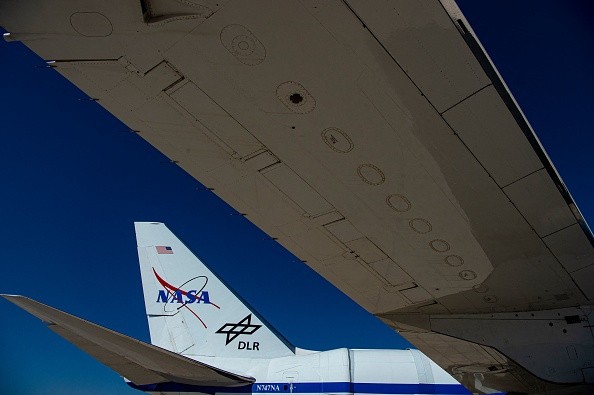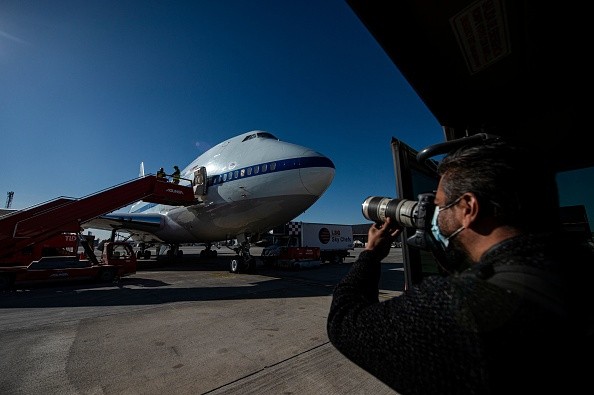The airplane-borne telescope, Sofia (Stratospheric Observatory for Infrared Astronomy), finally retires after eight years.

If you are not familiar with Sofia, this advanced telescope is carried by a modified Boeing 747 jetliner. It's quite different from other telescopes as Sofia is usually up in the skies.
Developed by NASA and the German Aerospace Center (DLR), the airplane-borne telescope is capable of flying above 99% of the light-blocking atmosphere (stratosphere).
However, its aerial activities are over after its final landing happened on Thursday, Sept. 29.
AirPlane-Borne Telescope Sofia Retires!
According to The Wired's latest report, Sofia officially completed its final landing at NASA's Armstrong Flight Research Center, which is located in the desert near Los Angeles.

Sofia was designed by NASA and DLR as an innovative way to observe the infrared universe. Before this advanced technology arrived, astronomers had trouble seeing the infrared light of the universe.
This is because the Earth's atmosphere's water vapor commonly blocks this heat radiation, preventing astronomers from seeing cosmic objects, such as galaxies and dust-shrouded stars.
But, this scenario changed after Sofia became operational back in April 2007.
Why Sofia is Essential for NASA
Astronomy Magazine reported that Sofia is very different from the conventional models. Usually, telescopes for space observations are built on mountaintops, such as those in Chile and Hawaii.
Meanwhile, Sofia is always carried by a Boeing airplane. This allows the advanced infrared-based telescope to reach altitudes of 37,000.
It even reaches 45,000 feet when needed to. Because of this, it can fly above all the water vapor of the Earth's atmosphere.
On the other hand, operators can also upgrade, repair, and acquire the gathered information with ease every time Sofia lands.
If you want to learn more about this retired airplane-borned telescope, you can visit this link.
In other stories, the NASA DART mission successfully collided with its targeted asteroid.
Previously, 3D animation of Jupiter's cupcake-looking clouds was released by NASA.
For more news updates about telescopes and other equipment used by NASA, always keep your tabs open here at TechTimes.
This article is owned by Tech Times
Written by Griffin Davis
ⓒ 2025 TECHTIMES.com All rights reserved. Do not reproduce without permission.




